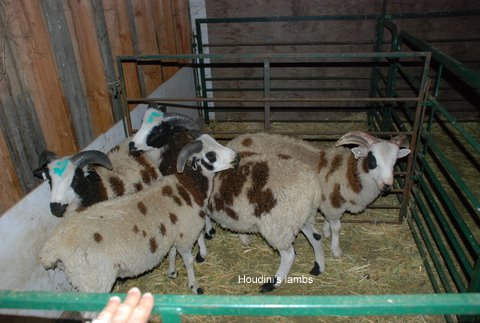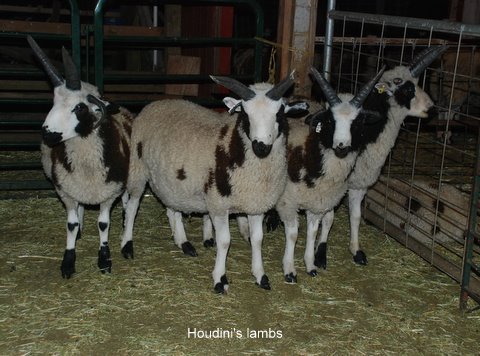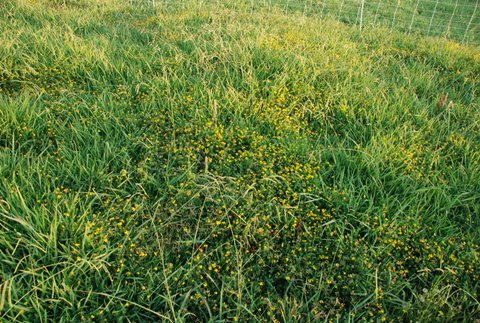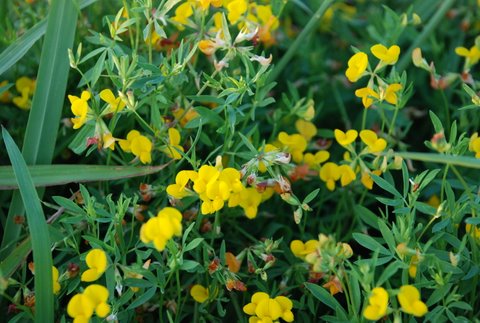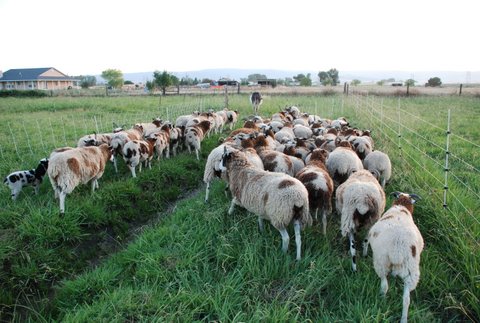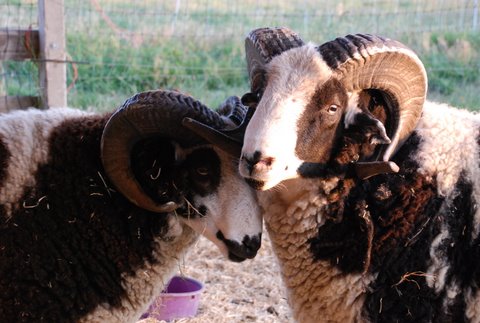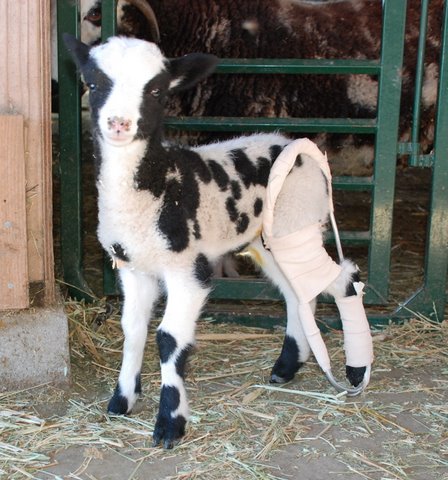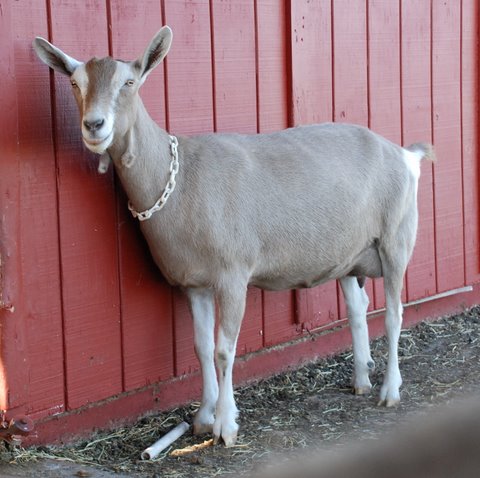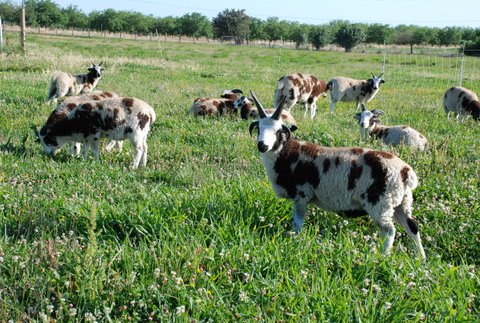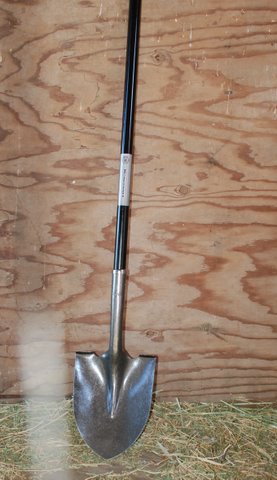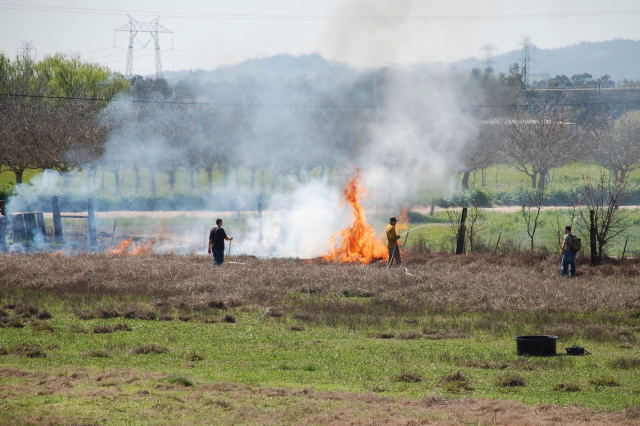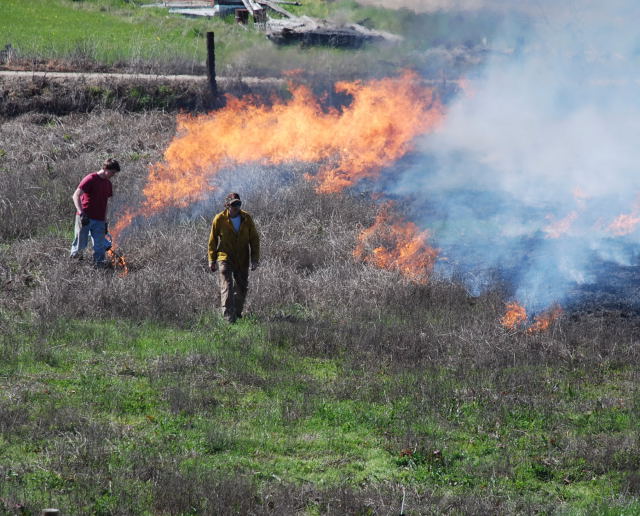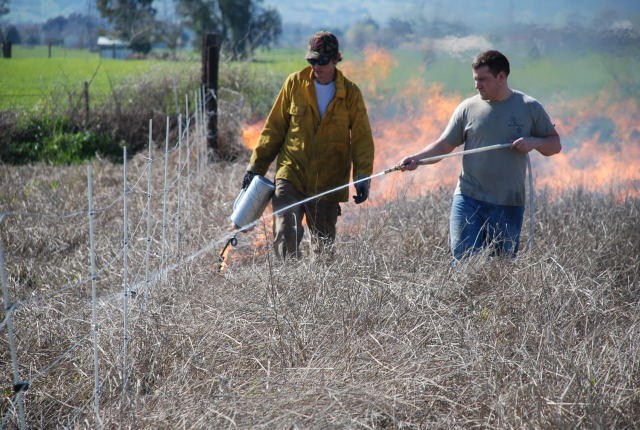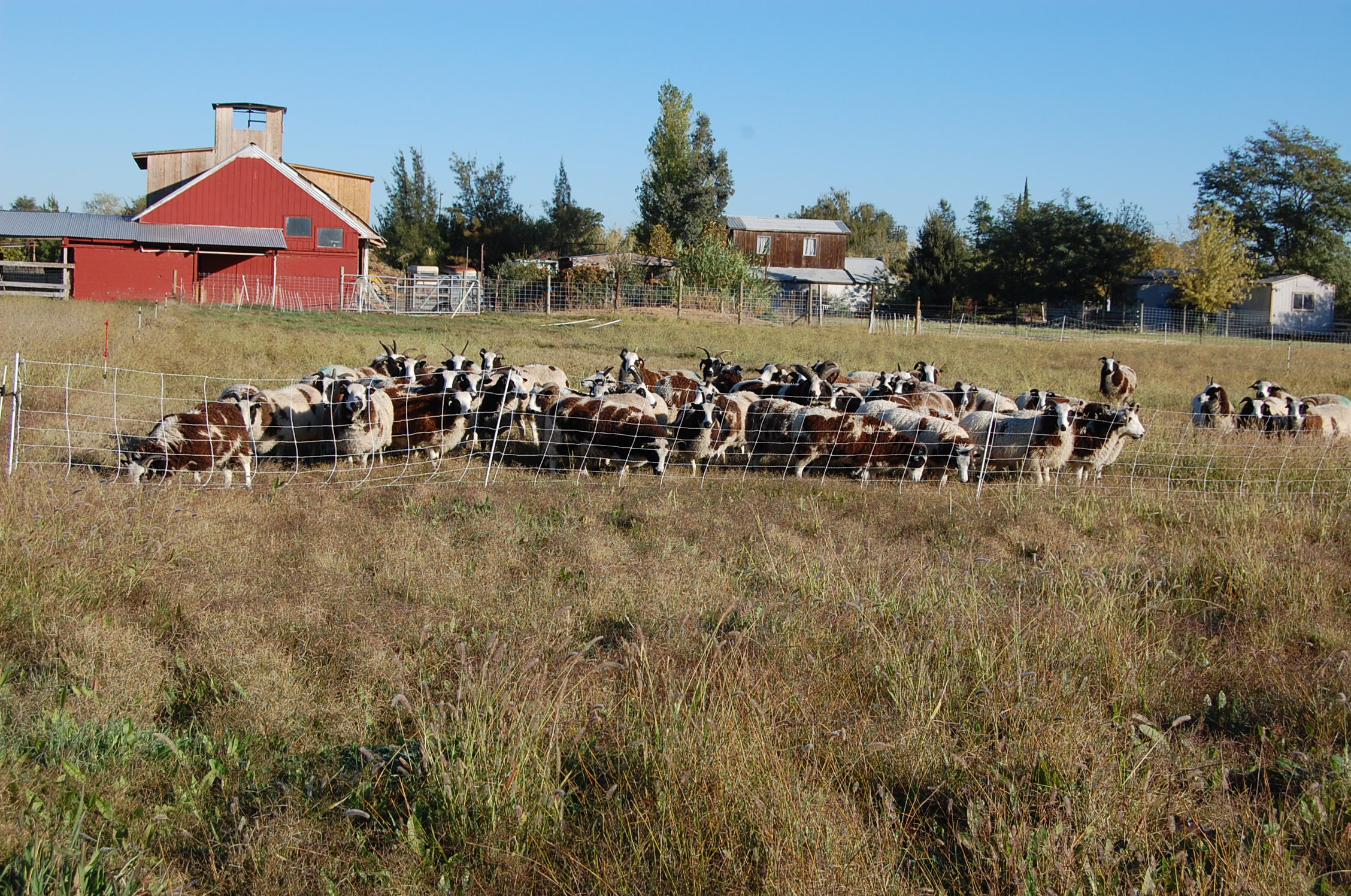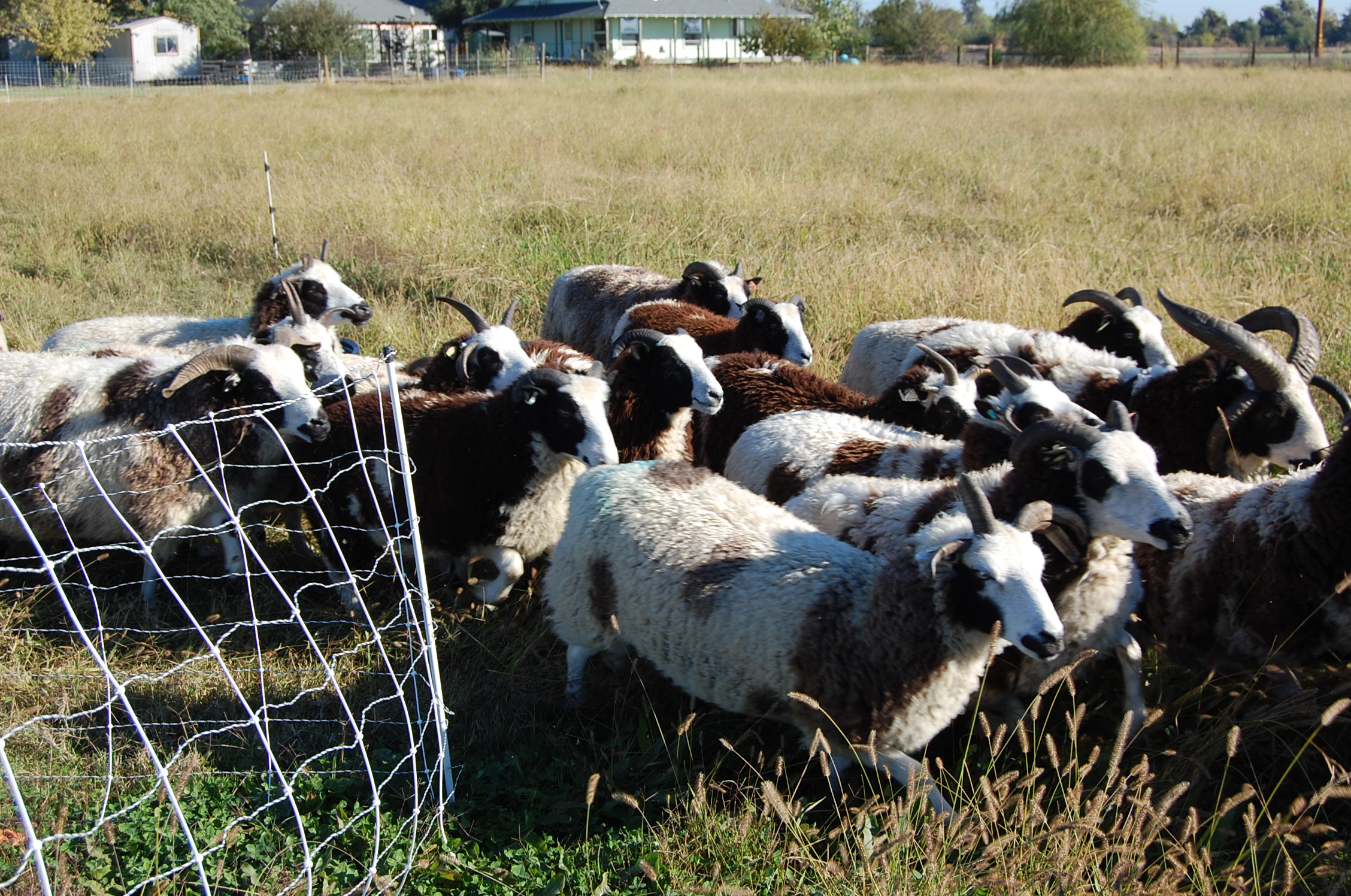A Typical Day...
/
...or why I don't get everything done that I have planned for a day.
First up is morning chores and spend some time admiring Hudson, my new ram from Mud Ranch Jacobs. Joan brought him yesterday and took home a couple of ewe lambs. Hudson warrants a blog post all by himself, but he'll have to wait for that. Hudson is a lilac ram and by breeding him to my lilac and lilac-carrier ewes I'll have lilac lambs next spring. (Lilac is a Jacob color different than the more common black and white.)
One of the risers in my pasture water line pulled out a couple of days ago and I had to wait for the water to subside to be able to fix it. I left the hole open awhile to make sure that there are no more leaks.
Here is the result of a repaired pipe line--drinking water in the pasture so the sheep don't have to come into the barn for water.
I will have irrigation water tomorrow so I needed to set up tarps in the ditch. The water is provided by the Solano Irrigation District, not my well. The tarps allow the water to back up and fill the ditch and then flow out into the pasture.

The green forage is the result of irrigating. Even with all the rain we had recently it wasn't enough to keep the desirable pasture plants growing. Notice the brown part on the left. My 24-hour irrigation hasn't been enough to get water to the all the pasture and that brown area is part that wasn't irrigated when I had water on last month. I have asked for 36 hours for this irrigation and hopefully I can get water to the rest of the pasture. Otherwise I have lost about a fifth of my forage for the summer.
This small green area is a section in the eastern paddock that my son burned earlier in the spring. He didn't think that the burn was successful because the medusahead was green and didn't catch fire readily. However, the burning killed it allowing other plants to grow. I want to burn the rest of it but I'm a bit worried about burning now--even if the burning would be permitted now. Maybe next year.
Throw in a littel bird watching in the morning.
Spend some time petting Stephanie...
after trimming her feet which she considers to be an insult.
More bird-watching.
Scrounged and cut wood to fit inside the feeders so that hay won't fall onto the backs of the sheep.
Jackie and Chris came out about 1 to help with halter breaking. (By the way, thanks to all the help, the lambs are showing remarkable improvement after only 3 days.) I thought a couple of them had rather droopy ears.
I pulled these out of one ear and found one other lamb with foxtails bothering her, although not lodged like these were. It makes me wonder how many I'm missing.
That's about half the day, but a long enough post.

























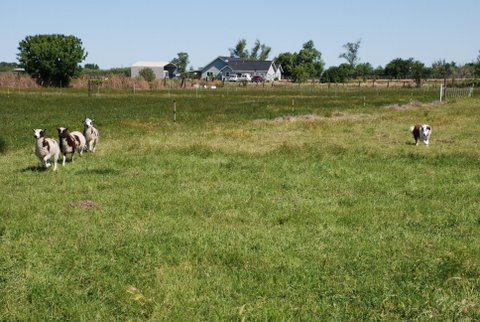


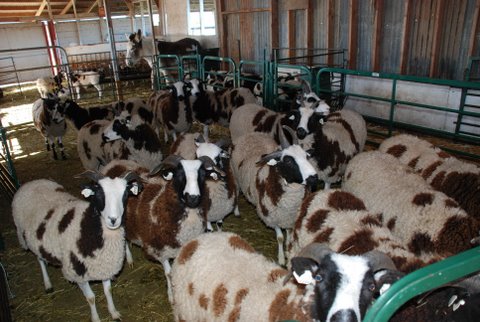

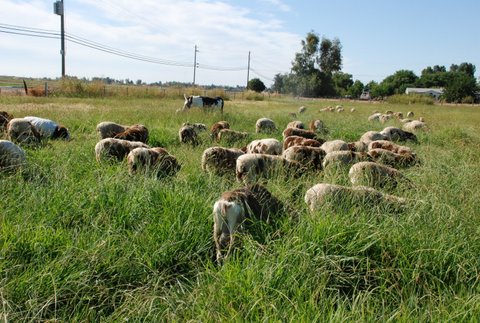
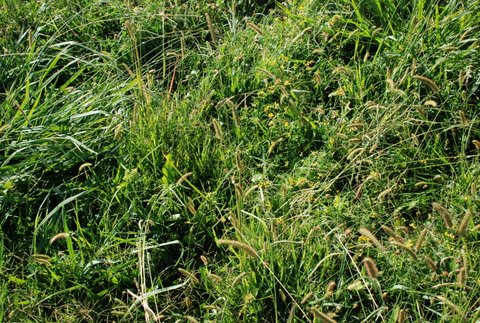

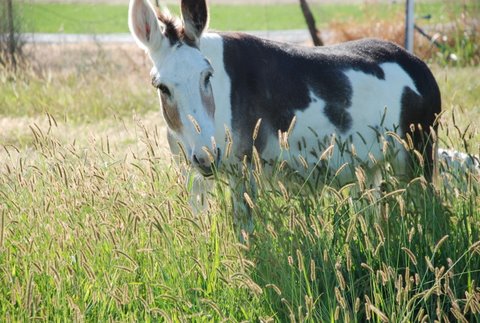

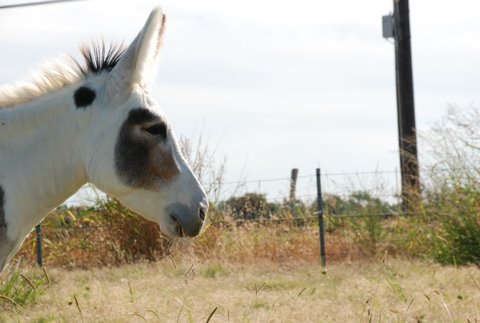
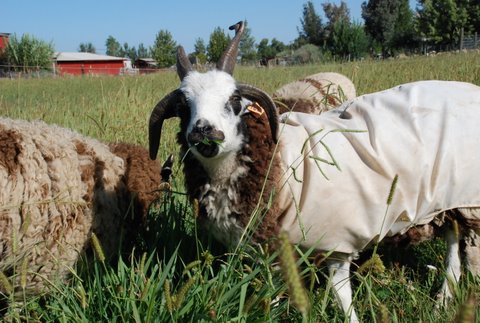


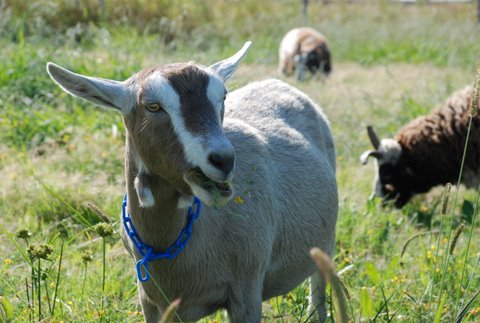
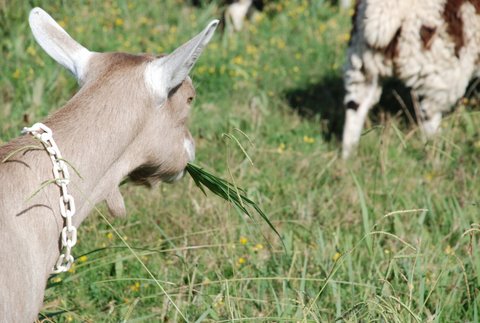
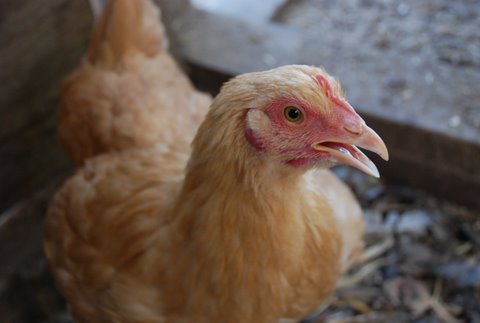 This is Goldie, the chicken that likes me. She runs to me and expects to be picked up when I open the chicken house door. She is hot, like the rest of us. The TV news people love it because they get to say "triple digits". Of course they're inside their air conditioned offices.
This is Goldie, the chicken that likes me. She runs to me and expects to be picked up when I open the chicken house door. She is hot, like the rest of us. The TV news people love it because they get to say "triple digits". Of course they're inside their air conditioned offices.